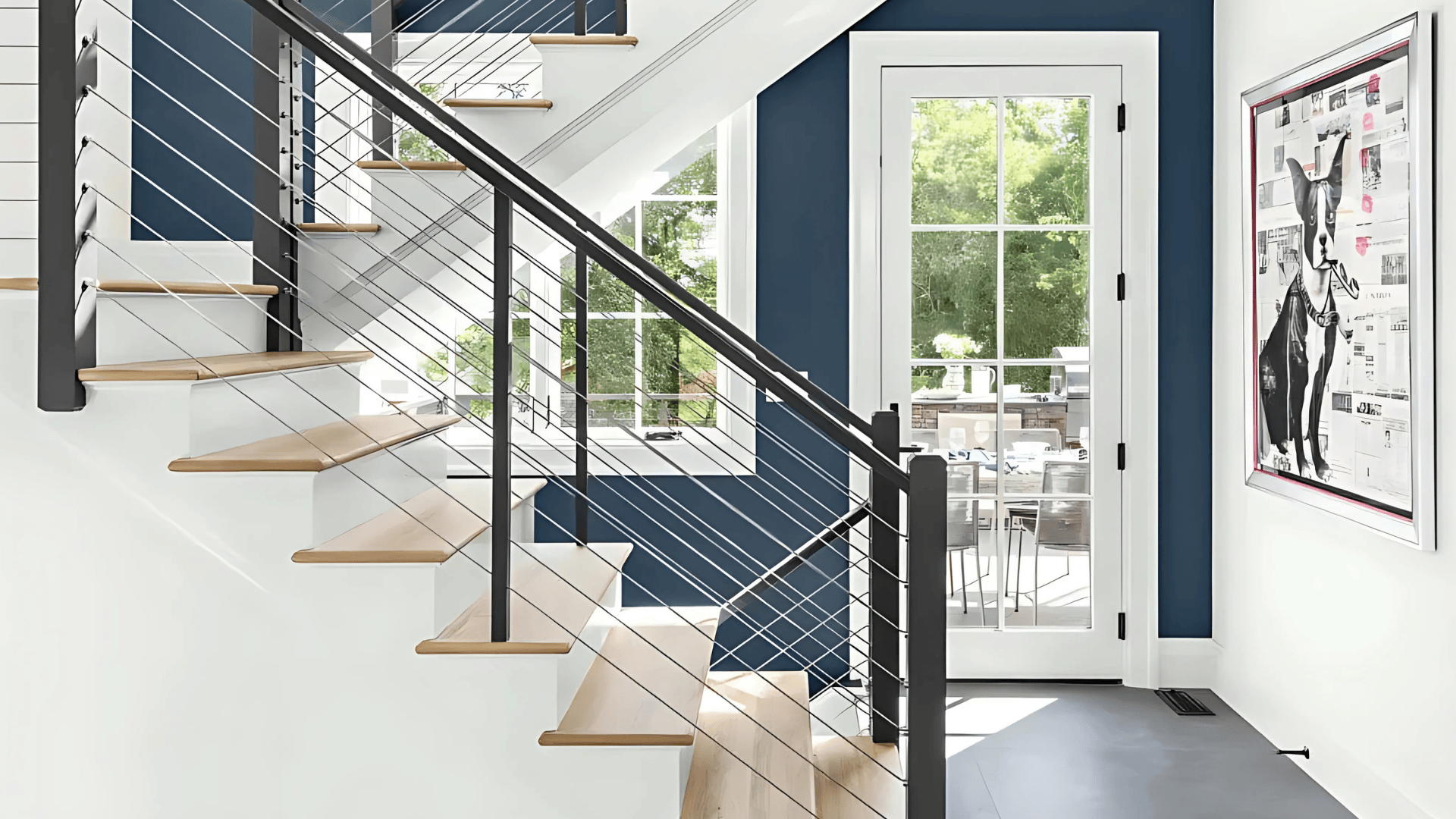Tips to Create a Productive Environment in Your Home Office
Creating a productive home office environment isn’t just about having the right desk and chair. The lighting, acoustics, and decor of your workspace play a crucial role in how well you can focus and get things done. Imagine sitting down to work in a space that’s perfectly lit, with minimal distractions and decor that inspires you.
It’s easier to stay motivated and productive when your surroundings support your work. In this blog, we’ll explore how to enhance your home office by focusing on these three key elements: lighting, acoustics, and decor. Let’s dive into the details and help you create a workspace that truly works for you.
Section 1: Lighting
Natural Light
Natural light is a game-changer for any home office. It boosts your mood, increases your energy, and even improves your overall well-being. Position your desk near a window to take full advantage of this natural resource. If possible, face your desk towards the window to avoid glare on your computer screen.
Not only will this setup give you a pleasant view, but it will also flood your workspace with natural light throughout the day. If you don’t have a window in your office, consider using mirrors to reflect light and brighten up the room.
Artificial Lighting
When natural light isn’t enough, artificial lighting steps in. There are three main types of artificial lighting you should consider: ambient, task, and accent lighting. Ambient lighting is your general overhead light, which provides overall illumination.
Task lighting, like a good desk lamp, focuses light where you need it most – on your work. Accent lighting adds depth and interest, highlighting specific areas or objects in your office.
Choosing the right desk lamp is essential. Look for one that is adjustable so you can direct the light exactly where you need it. LED lamps are a great choice because they are energy-efficient and offer various color temperatures. Position your task light to the side of your workspace to reduce shadows and glare.
For a wide variety of options, explore office furniture online selection to find the perfect lighting and furniture that fits your style and needs.
Light Temperature and Intensity
The temperature and intensity of your lighting can significantly impact your productivity. Warm light (around 2700K) creates a cozy and relaxing atmosphere, which is great for evening work.
Cool light (around 5000K) mimics daylight and can help keep you alert and focused during the day. Using adjustable lighting solutions lets you change the light temperature according to your needs.
Intensity is another important factor. Bright light is excellent for detailed tasks, while softer light can help reduce eye strain. Consider using dimmable lights so you can easily adjust the brightness based on the time of day and the task at hand. This flexibility ensures that your home office lighting is always optimal for your work.
Section 2: Acoustics
Noise Reduction
A quiet workspace is essential for concentration. If you’re struggling with noise from outside or within your home, there are ways to reduce it. Adding rugs, curtains, and acoustic panels can significantly dampen sound.
Thick rugs and heavy curtains absorb sound waves, making your office quieter. Acoustic panels, which you can easily mount on walls or the ceiling, are designed to reduce echo and background noise.
Background Noise
Sometimes, absolute silence can be distracting. Using white noise machines or ambient sound apps can help create a more conducive work environment. These tools can mask distracting sounds and provide a consistent background hum that helps you focus.
If you enjoy music while you work, choose instrumental or classical music to avoid the distraction of lyrics. Finding the right balance of sound can make your home office a more pleasant place to work.
Placement of Equipment
Positioning noisy equipment away from your main workspace is another effective strategy. Place printers and other noisy devices in a separate area or on a different surface to minimize the disruption. Additionally, consider using noise-canceling headphones to block out any remaining distractions. By managing the acoustics of your home office, you can create a space that supports your concentration and productivity.
Section 3: Decor
Color Scheme
Colors have a powerful impact on our mood and productivity. When choosing a color scheme for your home office, consider what environment you work best in. Cool colors like blue and green are calming and can help you stay focused.
Warmer colors like yellow and orange can be energizing and stimulating. It’s essential to choose colors that you find personally motivating and pleasant.
Personal Touches
Adding personal touches to your home office makes it feel more inviting and comfortable. Display photos of loved ones, artwork that inspires you, or mementos that bring you joy. These personal items can make your workspace feel more like your own, boosting your motivation and creativity. However, be mindful of clutter – too many personal items can be distracting. Aim for a balance that makes your space feel personal yet professional.
Greenery and Plants
Plants are a fantastic addition to any home office. They not only improve air quality but also add a touch of nature to your space, which can reduce stress and increase productivity. Choose low-maintenance plants like succulents, snake plants, or pothos that thrive indoors. Place them on your desk, shelves, or windowsill to create a more vibrant and refreshing work environment.
Organization and Clutter Management
A clutter-free workspace is key to maintaining mental clarity. Invest in practical storage solutions like shelves, drawers, and desk organizers to keep your office tidy. Regularly declutter your desk and organize your supplies to ensure everything has its place. An organized workspace not only looks better but also helps you stay focused and efficient.
Conclusion
Enhancing your home office with the right lighting, acoustics, and decor can make a significant difference in your productivity and overall work experience. Experiment with these elements to create a space that suits your needs and preferences. Remember, a well-designed workspace supports your work and makes it easier to stay motivated and focused.







